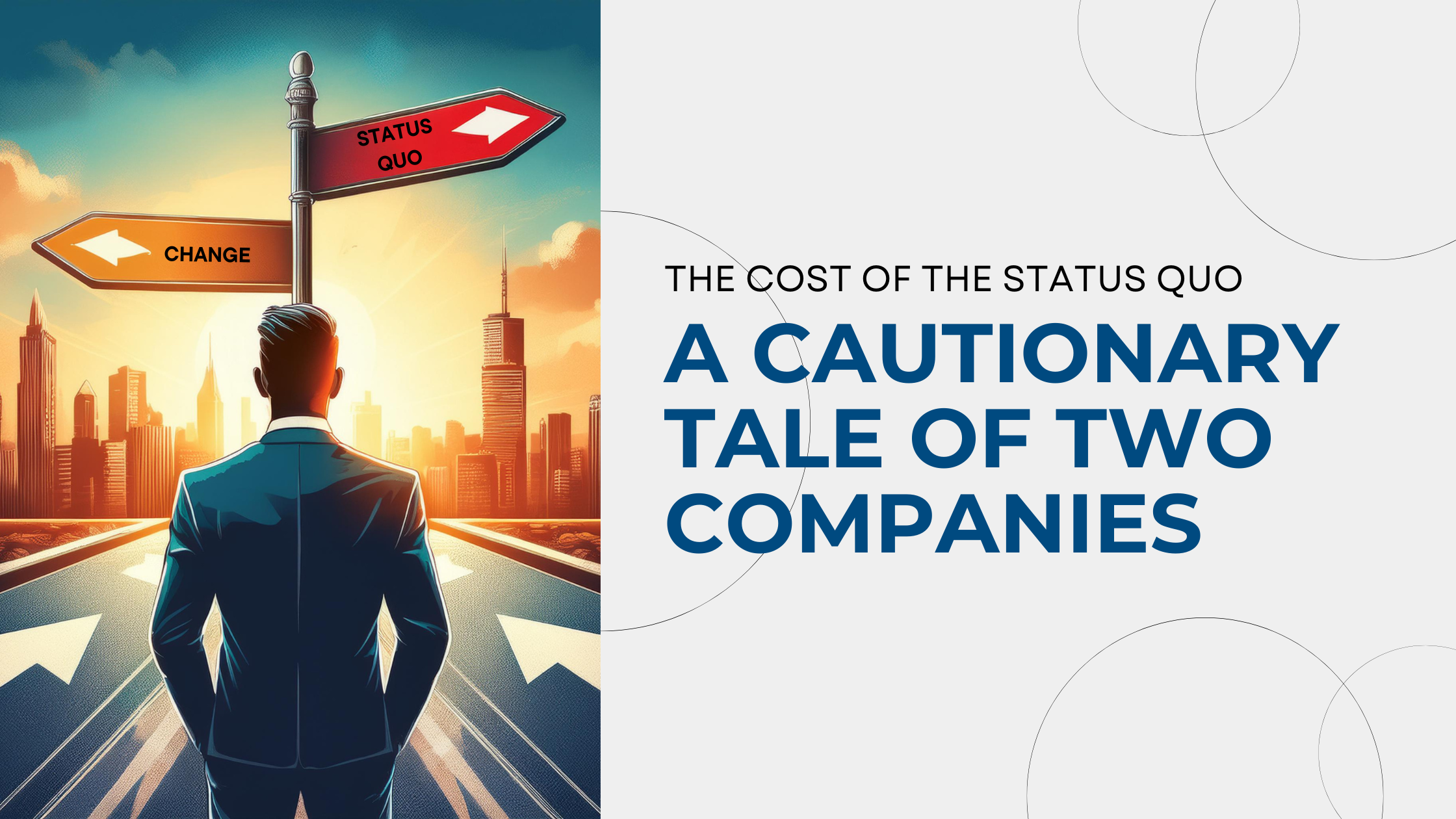A Cautionary Tale of Two Companies
The cost of the status quo
Picture yourself in a town with two strikingly similar heating oil companies. A grandfather started both decades ago. Both boast strong reputations, and each are friendly competitors.
As operational costs have steadily climbed over the past decade, both companies have found themselves facing a critical challenge: maintaining profit margins in the face of rising expenses. Their solution? Continuously increasing per-gallon profit margins – from 50 cents to 70 cents, and eventually a dollar per gallon. But as customers push back, either seeking COD alternatives or by reducing consumption, it’s clear that something needs to change.
A closer look at their economics, confirms how similar they are:
Full-service customer count: ~5,000
Fleet size: 13 delivery trucks, 8 service vans
Retail gallons sold: 5,000,000
Gross margin: $0.90/gallon
Gross profit: $4.5 million
Direct delivery costs*: $2,000,000
SG&A: $1,400,000
EBIDTA: $1,100,000
*Fleet, driver wages, fuel, fleet maintenance, dispatchers – including overtime and benefits
Company A recognized that continuously increasing prices was a risky strategy. They feared that this approach would alienate their customer base and erode their profits. Instead, they chose to focus on improving delivery efficiencies. By strategically increasing their average delivery size and optimizing their fleet management, Company A was able to shift deliveries from the peak winter season to the shoulder months. This shift resulted in fewer dispatches, reduced labor costs, and streamlined operations. As a result, Company A managed to operate with just 10 trucks instead of 13.
Company B, on the other hand, stuck to their original plan. They continued to raise prices to maintain their profit margins. Their EBITDA increased by 25% to $1,375,000 as a result. Meanwhile, Company A faced a pivotal decision: Should they use their newfound efficiency to sustain higher profits, or should they reinvest those profits to attract new customers and grow their volume? They opted for growth, leveraging their improved efficiency to offer competitive prices and expand their customer base.
The outcome? Company B observed a steady loss of customers who left for more attractive offers (from Company A).
The takeaway…
Company A’s focus on operational efficiency allowed them to offer better prices and attract new customers, while Company B’s insistence on maintaining high prices led to a gradual decline in their customer base. This example highlights the dangers of becoming comfortable with the status quo while stressing the importance of adapting and investing in efficiency to stay competitive.

